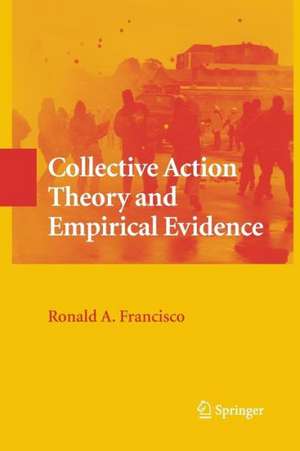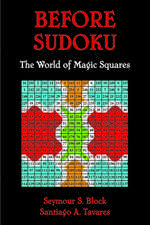Collective Action Theory and Empirical Evidence
Autor Ronald A. Franciscoen Limba Engleză Paperback – 11 sep 2014
| Toate formatele și edițiile | Preț | Express |
|---|---|---|
| Paperback (1) | 632.37 lei 6-8 săpt. | |
| Springer – 11 sep 2014 | 632.37 lei 6-8 săpt. | |
| Hardback (1) | 638.43 lei 6-8 săpt. | |
| Springer – 10 mar 2010 | 638.43 lei 6-8 săpt. |
Preț: 632.37 lei
Preț vechi: 743.97 lei
-15% Nou
Puncte Express: 949
Preț estimativ în valută:
121.04€ • 131.52$ • 101.74£
121.04€ • 131.52$ • 101.74£
Carte tipărită la comandă
Livrare economică 21 aprilie-05 mai
Preluare comenzi: 021 569.72.76
Specificații
ISBN-13: 9781489983299
ISBN-10: 1489983295
Pagini: 132
Ilustrații: XIII, 116 p.
Dimensiuni: 155 x 235 x 7 mm
Greutate: 0.2 kg
Ediția:2010
Editura: Springer
Colecția Springer
Locul publicării:New York, NY, United States
ISBN-10: 1489983295
Pagini: 132
Ilustrații: XIII, 116 p.
Dimensiuni: 155 x 235 x 7 mm
Greutate: 0.2 kg
Ediția:2010
Editura: Springer
Colecția Springer
Locul publicării:New York, NY, United States
Public țintă
ResearchCuprins
Testing Collective Action Theory.- Leadership and Mobilization.- Tactical Adaptation and Symbolic Protest.- Dimensions of Space and Time in Protest and Repression.- Terror.- Evidence for Collective Action Theory.
Textul de pe ultima copertă
This book comprises empirical tests of the theoretical implications of collective action theory specifically with regard to mobilization. It is based on the author’s European Protest and Coercion Data, which won the Comparative Politics Section of American Political Science Association award for the best data set in 2007. The data are supplemented by historical investigations as well as other research. The volume is divided into six chapters. The introduction covers the theory of collective action in its many manifestations as well as the process of drawing out theoretical implications. The second chapter goes to the core of the mobilization issues, especially with regard to the role of leadership, which is inextricably linked to mobilization. The third chapter applies the concept of adaptation to the development of more productive tactics that promote mobilization in support of a public good and minimize the possibility of repression. In chapter four, five spatial hypotheses based on rationality and formal theories are developed and the role of time in protests is addressed. The fifth chapter focuses on the fundamental problems of terror with evidence from the Basque region of Spain and France from Ireland against the Provisional Irish Revolutionary Army in Northern Ireland. The final chapter surveys the empirical evidence and summarizes the support of collective action theory. Testing collective action theory implications with empirical evidence will appeal to political scientists, sociologists, economists and researchers concerned with mobilization.
Caracteristici
Provides the first major test of collective action theory implications with empirical evidence on mobilization Carries out the testing using data from an ASPA award-winning data set Uses theory from three sources to form a triangle for the rebel’s dilemma: action, protest strategy, and the state’s responses to repress or deter protest
















